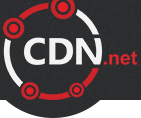
CDN.net is the latest pay per use CDN I’ve been using. Pay Per Use is the best option if you want to manage your costs.
We were with CDN77 for a while, which offered a flat rate $49/tb service. But the level of service was not one that I was thrilled with. I felt as if they didn’t understand my questions and weren’t interested in working with me.
CDN.net is actually one of two fairly new pay per use CDNs based on the OnApp federated CDN. It essentially uses spare capacity on various servers to offer CDN services. The other is CDNify, which uses a flat rate $49/tb service fee.
CDN.net is more of a marketplace. You can pick your CDN locations out of their available options and customize the package. When I started with them, you needed a free trial to see their pricing, but they’ve recently changed that. Their pricing is a variable rate, based on location. So, you can route your data through Salt Lake City at less than 2 cents a GB, or through Chelyabinsk for 1 dollar a GB.
Your rate is locked in until you update your package…which means if the price goes down in one price, and up in another, you have a hard decision to make. I’m sorry to any Chelyabinsk readers, but you’ll have to wait an extra second or two to be served. I’m not paying that rate.
I like the idea of this choice, but sometimes the results are surprising compared to where statistics report my users are. Analytics suggests that many of my users are in the Eastern United States, but I’m running more data through Dallas than New York. But it is never that simple.
But no one is writing about CDN.net or CDNify. No reviews that I could find. Only early startup announcements.
So, I set up a test for both. I had no problem with performance between the two. But, they are using the same backend. CDNify had some report issues in their free trial, but they fixed that quickly after I advised.
CDN.net, which I ultimately settled on, has answered all of my questions…although they do not seem to respond on weekends. One of their people even invited me to chat.
CDNs are necessary to reduce load from your own server and speed loading of static assets. CDN.net is still new, and there are more things I hope they do in the future. They also believe that they can offer lower prices as they grow their user base, as the cost would be spread out.
In terms of services, I would like to see improvements to their reporting mechanisms, but they have made changes, so I’ll see what happens.
You can go for a free trial here.
Related articles




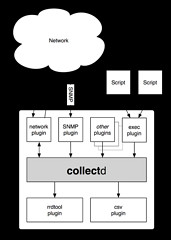



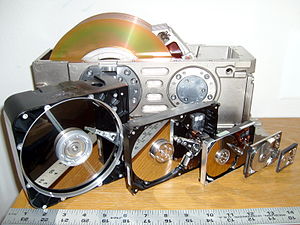










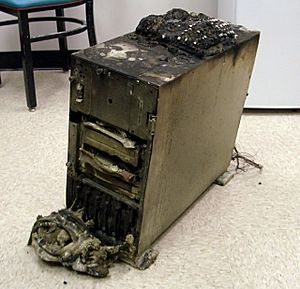

















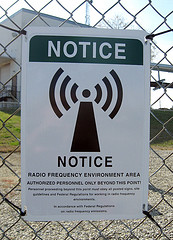

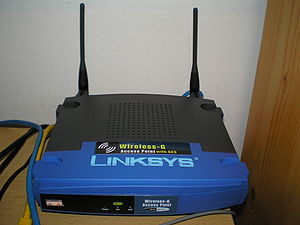

![Reblog this post [with Zemanta]](http://img.zemanta.com/reblog_c.png?x-id=68f0c710-8b40-48c0-8ddf-345d475606d8)
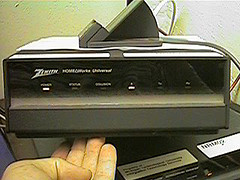

![Reblog this post [with Zemanta]](http://img.zemanta.com/reblog_e.png?x-id=d4507010-751a-4f7a-99a0-650ac4ddb9cc)
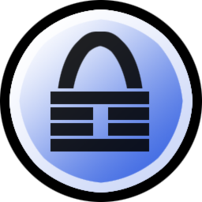
![Reblog this post [with Zemanta]](http://img.zemanta.com/reblog_e.png?x-id=48a7ff3c-8bf5-4d13-9914-33611e243654)